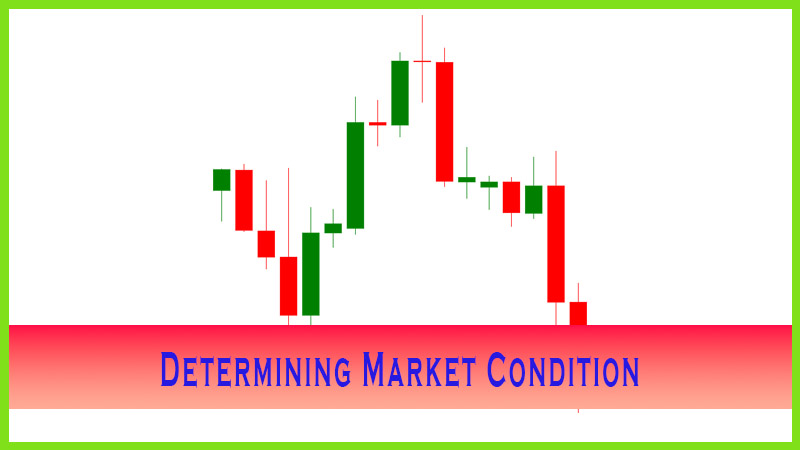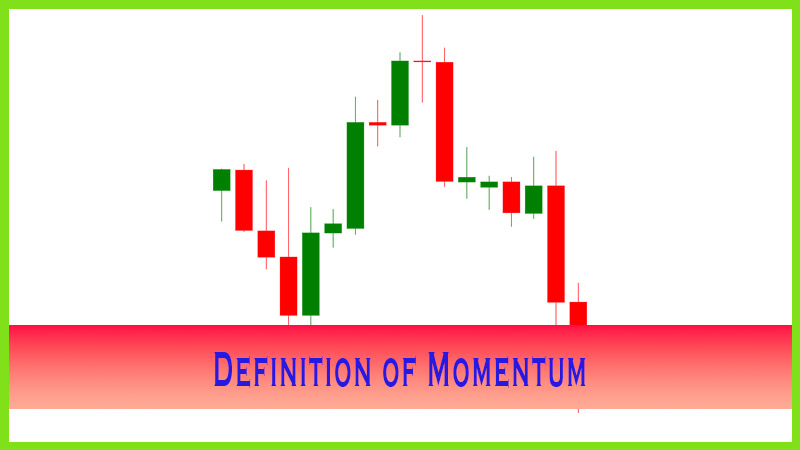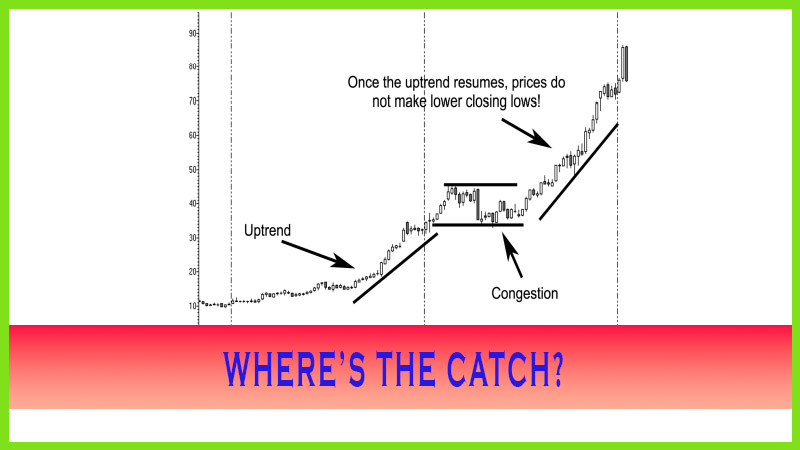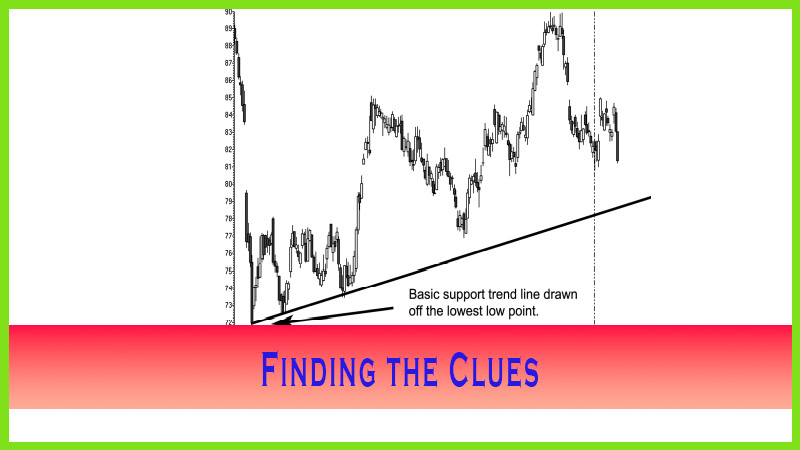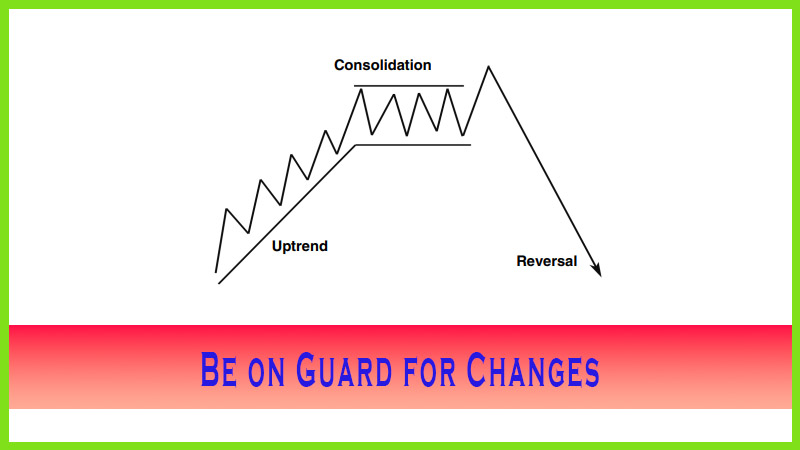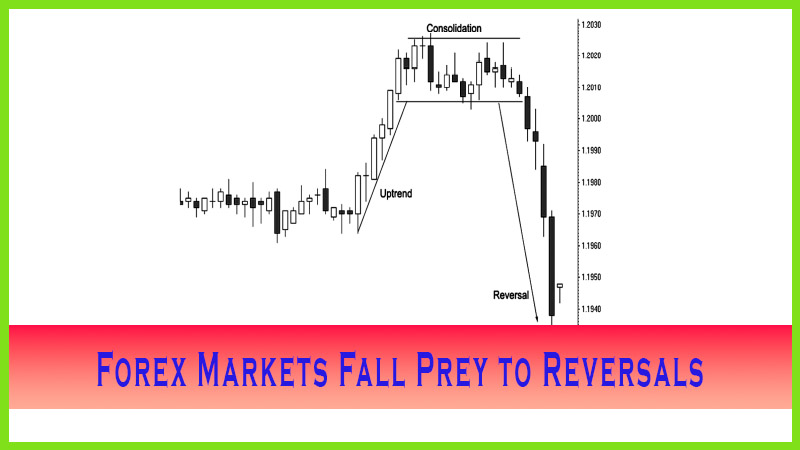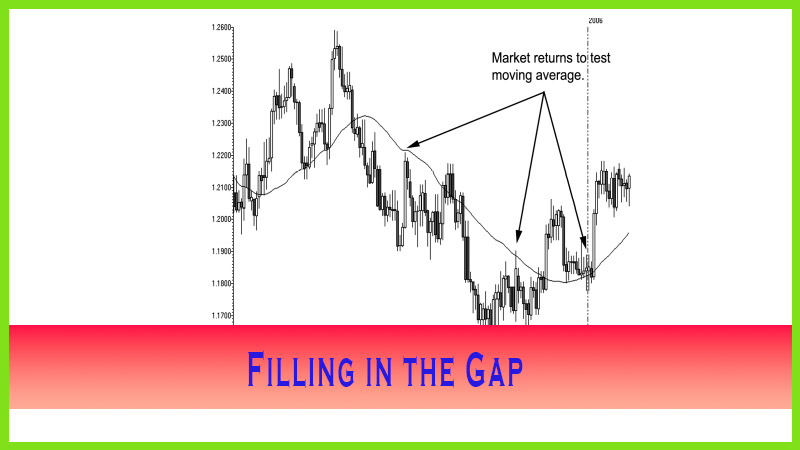What Makes Successful Trader
what makes a good trader, what makes a successful forex trader, how much do successful traders make, how much money do successful day traders make
Course: [ The Candlestick and Pivot Point Trading Triggers : Chapter 2. Determining Market Condition ]
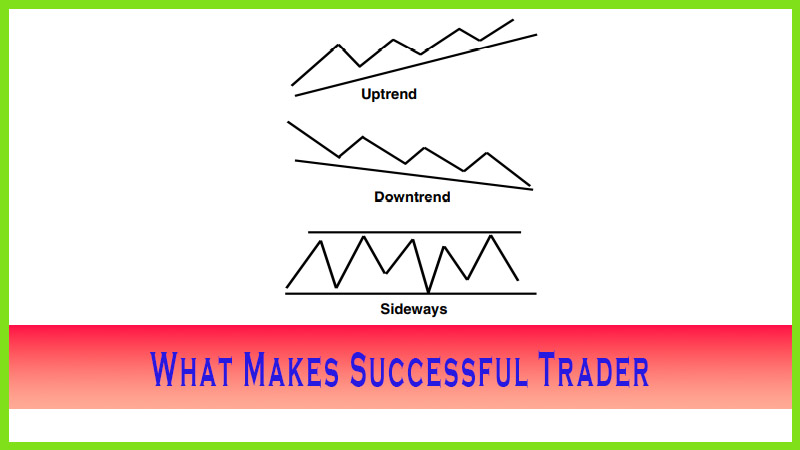
The key elements to making money are this: Successful traders interpret correctly and act swiftly! Successful traders have the courage to act and act promptly.
WHAT MAKES A SUCCESSFUL TRADER?
The key
elements to making money are this: Successful traders interpret correctly and
act swiftly! Successful traders have the courage to act and act promptly. I
often ask what are the differences between successful traders and not so
successful traders are. I get all kinds of relatively good answers of why
traders fail, mainly due to the fact that folks share their own bad experiences
with me. The reason I give for success is very simple: Generally, a successful
trader does not make a habit of consistently buying the high of a given time
period and riding the loss out until it “turns around.” Inversely, successful
traders do not make a habit of consistently selling the low of a session and
riding that loser out. Successful traders have a plan; they follow the market
and go with the flow. After all, that is where the saying, “The trend is your
friend,” came from. So we need to determine the trend. That is where charts
come in handy.
As Figure
2.1 shows, there are but three states the market is in: (1) bullish, or
uptrend; (2) bearish, or downtrend; and (3) neutral, sideways, or what is known
as a consolidation phase.
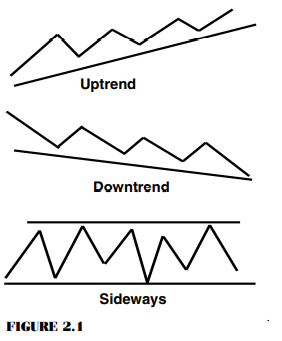
We can see the current trend or conditional
state that the market is in. What we can’t see is when and by how much that
condition will change. That is one reason why many traders lose they anticipate
or guess which direction the market will go; they trade without a plan or set
of rules to enter a trade. If you do believe that the markets are an effective
mechanism for reflecting the perceived value on a given product at a given
time, then you need to learn how to follow the flow of the market. A chart
shows the market in its current condition. Until that condition changes, you
need to go with the flow. So what signals should you look for when conditions
change? When the market is in an uptrend, a simple signal is once the market
ceases to increase its assigned value by establishing not only higher highs and
higher lows but, most important, when a market stops making higher closing
highs.
As for a
market that is in a downtrend, when different events occur such as lower
highs, lower lows, or, more important, lower closing lows then it is starting
to change conditions. If a bearish market or a bullish market changes
conditions, it will most likely go into what is called a consolidation or
congestion phase. Figure 2.2 shows the market moving from an uptrend to a
congestion phase, or sideways pattern. What we need to do then is, first, learn
how to anticipate or discover what forecasting tool would help us determine
what the potential top of that uptrend would be and, second, understand what
clues to look for once it establishes the top to help signal us that the trend
may resume or that a reversal of the trend will occur.
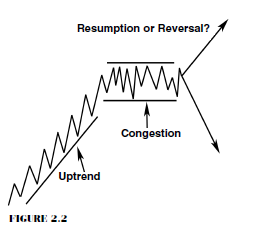
The Candlestick and Pivot Point Trading Triggers : Chapter 2. Determining Market Condition : Tag: Candlestick Trading, Stock Markets, Pivot Point : what makes a good trader, what makes a successful forex trader, how much do successful traders make, how much money do successful day traders make - What Makes Successful Trader

